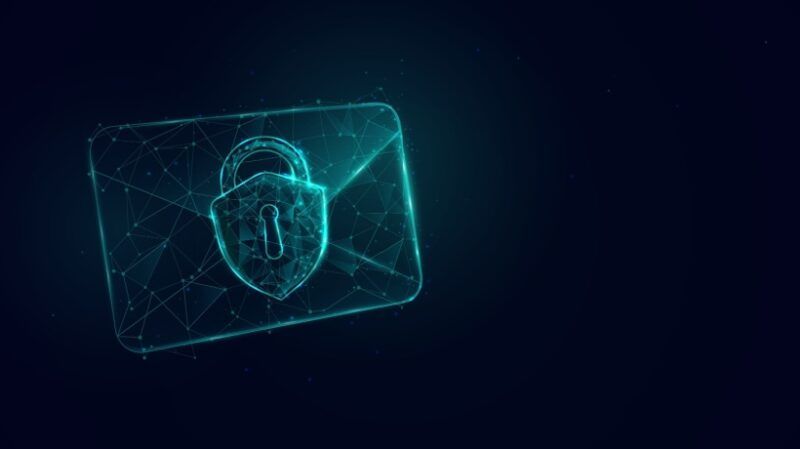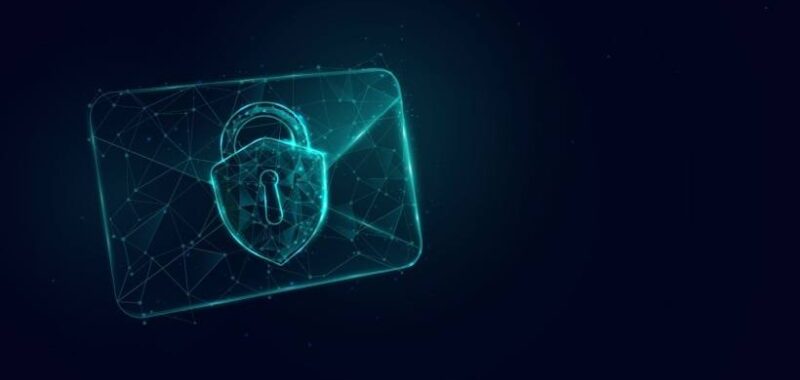
Preventing Email Fraud In eLearning Environments
The eLearning industry is growing quickly, offering flexible learning options with the help of technology for students, teachers, and schools. Emails are important in online education because they help students and teachers communicate. They are used to send assignments, share materials, and give important updates. However, cybercriminals are using email to trick people, steal information, and break into accounts. Without proper email security, schools and universities could put students and staff at risk of losing money, exposing personal information to theft, and damaging their reputations.
Domain-based Message Authentication, Reporting, and Conformance (DMARC) is important for protecting emails. It helps eLearning schools check if emails are real, stop fake emails (phishing), and keep their messages safe. In this article, we will explain what DMARC is, how it helps eLearning schools, its benefits, and how to use it correctly.
What Is DMARC?
DMARC is an email security protocol that is designed to prevent email spoofing and phishing attacks. It works by verifying whether an email is genuinely sent from an authorized source using SPF (Sender Policy Framework) and DKIM (DomainKeys Identified Mail).
How Does DMARC Work?
DMARC helps domain owners to define how receiving mail servers should handle unauthenticated emails. The protocol operates based on three key components:
SPF (Sender Policy Framework)
SPF (Sender Policy Framework) lets domain owners tell which email servers are allowed to send emails for them. If an email comes from a server that’s not allowed, then SPF will mark it as suspicious.
DKIM (DomainKeys Identified Mail)
DKIM uses cryptographic signatures to make sure that email content has not been altered during transit. It adds a digital signature to the email header, allowing the recipient’s server to verify its authenticity.
DMARC Policies
Based on SPF and DKIM results, DMARC instructs the recipient’s email server on what to do with suspicious or unauthenticated emails. Organizations can set one of the following policies:
- None
No action is taken on failed emails; only reporting is enabled. - Quarantine
Suspicious emails are moved to the spam folder. - Reject
Unauthorized emails are blocked from reaching the recipient’s inbox.
So, with the help of DMARC, eLearning institutions can stop cybercriminals from impersonating their domain and protect students and faculty from email-based scams.
Why Email Security Is Critical In eLearning
The eLearning industry heavily depends on email for communication, making it a prime target for cyber threats. Here are some key reasons why email security is essential:
1. Protection Of Sensitive Data
Online education platforms handle large amounts of sensitive data, such as:
- Academic records (grades, test scores, certifications)
- Student personal information (names, addresses, and contact details)
- Financial transactions (tuition payments, course fees)
If cybercriminals gain access to this information, they can steal identities, commit fraud, or even sell the data on the dark web.
2. Growing Threat Of Phishing Attacks
Phishing attacks occur when cybercriminals send fake emails pretending to be from a trusted source (such as an educational institution). These emails trick recipients into:
- Clicking on malicious links
- Downloading malware-infected attachments
- Providing login credentials or financial details
3. Reputation And Trust Risks
If cybercriminals pretend to be an educational institution and send fake emails, it can make students, teachers, and parents lose trust in the institution. For example, a phishing email might look like it’s from an eLearning platform that asks students to reset their passwords. Once students enter their details, attackers can steal their login information. This can damage the institution’s reputation, which leads to fewer students enrolling and a loss of credibility.
4. Compliance With Data Protection Laws
Educational institutions must comply with data protection regulations like GDPR (General Data Protection Regulation) and FERPA (Family Educational Rights and Privacy Act). For that we have to implement DMARC, that helps institutions maintain to secure email communication
Email Security Threats In The eLearning Industry
The eLearning industry is a prime target for cyberattacks because it handles sensitive information such as student records, payment details, and login credentials. Common threats include:
- Phishing attacks
Fake emails that trick students or teachers into sharing passwords or clicking on malicious links. - Email spoofing
Hackers send emails that appear to be from the institution, often asking for sensitive information. - Ransomware attacks
Malware sent via email that locks important files until a ransom is paid.
How DMARC Protects eLearning Organizations
DMARC provides several layers of protection to eLearning institutions:
- Prevents phishing and spoofing attacks
Blocks cybercriminals from sending emails that impersonate an institution’s domain. - Protects students and faculty
Makes sure that emails reaching inboxes are from legitimate sources. - Prevents financial and data theft
Stops hackers from tricking students or faculty into revealing sensitive information. - Improves email deliverability
Authenticated emails are more likely to be successfully delivered, avoiding spam filters. - Enhances institutional trust
Students, parents, and faculty can trust emails sent from the institution’s official domain.
Along with DMARC, eLearning institutions need to install S/MIME certificates. This certificate encrypts and signs emails, adding another level of security against fake emails and attacks.
Benefits Of Implementing DMARC In eLearning
Implementing DMARC offers several advantages to educational institutions:
- Stronger email security
Stops hackers from using the institution’s email domain for malicious purposes. - Reduced risk of phishing attacks
Prevents fraudsters from scamming students, parents, and faculty members. - Compliance with data protection laws
Helps meet legal and regulatory email security requirements. - Better email delivery rates
Ensures important emails (such as course notifications, payment confirmations) don’t end up in spam folders. - Increased brand reputation
Builds trust among students and staff by ensuring only legitimate emails come from the institution’s domain.
Steps To Implement DMARC In eLearning Institutions
Setting up DMARC requires careful planning and execution. Follow these steps to integrate DMARC into your email security strategy:
Step 1: Set Up SPF And DKIM
Before enabling DMARC, make sure that SPF and DKIM are correctly configured for your domain.
Step 2: Publish A DMARC Record
A DMARC record is a simple TXT entry added to your domain’s DNS settings. It defines your DMARC policy and how to handle failed authentication.
Step 3: Start With A Monitoring Policy (P=None)
Begin with p=none to monitor email activity without blocking emails. This helps identify legitimate and unauthorized senders.
Step 4: Analyze DMARC Reports
DMARC generates reports showing who is sending emails on your behalf. Reviewing these reports helps detect unauthorized email sources.
Step 5: Move To A Quarantine Or Reject Policy
Once confident that legitimate emails are authenticated, enforce a stricter policy (p=quarantine or p=reject) to block fraudulent emails.
Step 6: Continuously Monitor And Update
DMARC implementation is an ongoing process. Regularly monitor reports and update settings to adapt to new threats.
Conclusion
Email is the backbone of communication in the eLearning industry, but it is also a major target for cyberattacks. DMARC offers a proactive and effective way to secure email communication that prevents phishing, data theft, and impersonation attacks. So, with the help of DMARC, eLearning institutions can:
- Protect students and faculty from email scams.
- Prevent cybercriminals from misusing their domain.
- Improve trust in their communications.
- Strengthen compliance with data privacy laws.
In a world where online education is growing, DMARC is not just an option, it is a necessity for secure and reliable email communication.

